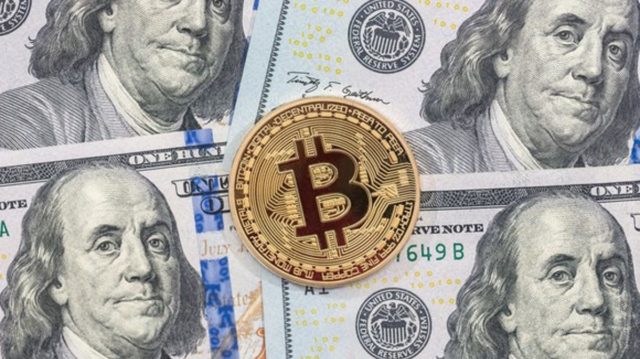- EUR/GBP is trading in negative territory near 0.8485 in early European session on Friday.
- Preliminary UK PMI data for August came in better than expected, delaying expectations of a BoE rate cut.
- Investors are expecting two more rate cuts from the European Central Bank (ECB) this year.
The EUR/GBP pair extends its decline near 0.8485 during early European trading hours on Friday. Fading bets that the Bank of England (BoE) will cut interest rates in September following upbeat Purchasing Managers’ Index (PMI) reports provide some support to the British Pound (GBP) and drag the pair lower. Later on Friday, BoE Governor Andrew Bailey’s speech will be closely watched.
UK business activity showed its strongest growth in four months alongside easing price pressures, a survey showed on Thursday. The S&P Global Composite Purchasing Managers’ Index (PMI) rose to 53.4 in August from 52.8 the previous month. The figure was slightly higher than the expectation of 52.9. This encouraging report reduced investors’ bets on a BoE rate cut next month, which has boosted the GBP against the Euro (EUR). Financial markets are now pricing in a less than 30% chance of a BoE rate cut in September following Thursday’s PMI data.
On the Euro front, the European Central Bank (ECB) kept interest rates unchanged at its July meeting, hinting at the likelihood of a rate cut later this year, according to minutes of its recent meeting released on Thursday. Investors have priced in around a 90% chance of a 25 basis point (bps) cut in the deposit rate to 3.5% in September and see at least one more move before the end of the year. This, in turn, weighs on the shared currency.
ECB Governing Council member Martins Kazaks said he is ready to discuss another interest rate cut at the September meeting, expressing confidence that inflation will return to 2% as well as concerns about the economy.
The British Pound FAQs
The Pound Sterling (GBP) is the oldest currency in the world (886 AD) and the official currency of the United Kingdom. It is the fourth most traded currency unit in the world, accounting for 12% of all transactions and an average of $630 billion a day, as of 2022.
Its key currency pairs are GBP/USD, also known as the “Cable,” which accounts for 11% of the forex market, GBP/JPY, or the “Dragon” as it is known to traders (3%), and EUR/GBP (2%). The British Pound is issued by the Bank of England (BoE).
The most important factor influencing the value of the British Pound is the monetary policy decided by the Bank of England. The Bank of England bases its decisions on achieving its main objective of “price stability”, i.e. a stable inflation rate of around 2%. Its main tool for achieving this is the adjustment of interest rates.
When inflation is too high, the Bank of England tries to contain it by raising interest rates, making credit more expensive for individuals and businesses. This is generally positive for the GBP, as higher interest rates make the UK a more attractive place for global investors to park their money.
When inflation is too low, it is a sign that economic growth is slowing. In this scenario, the BoE will consider lowering interest rates to make credit cheaper, so that companies borrow more to invest in growth-generating projects.
The data released gauges the health of the economy and can influence the value of the Pound. Indicators such as GDP, manufacturing and services PMIs, and employment can influence the direction of the Pound.
A strong economy is good for the British Pound. Not only does it attract more foreign investment, but it may encourage the Bank of England to raise interest rates, which will directly strengthen the British Pound. Conversely, if economic data is weak, the British Pound is likely to fall.
Another significant indicator for the pound is the trade balance. This indicator measures the difference between what a country earns from its exports and what it spends on imports during a given period.
If a country produces highly sought-after exports, its currency will benefit exclusively from the additional demand created by foreign buyers who wish to purchase these goods. Therefore, a positive net trade balance strengthens a currency and vice versa for a negative balance.
Source: Fx Street
I am Joshua Winder, a senior-level journalist and editor at World Stock Market. I specialize in covering news related to the stock market and economic trends. With more than 8 years of experience in this field, I have become an expert in financial reporting.





